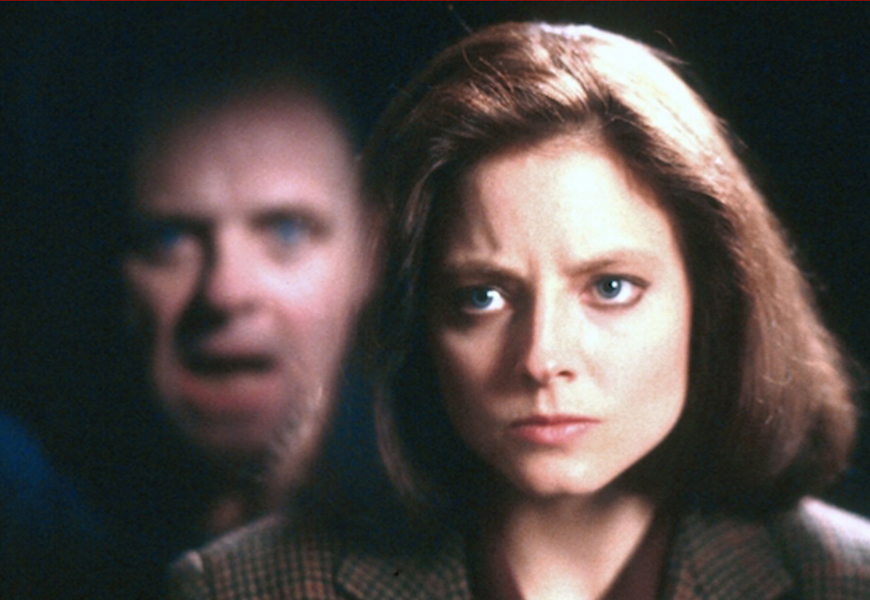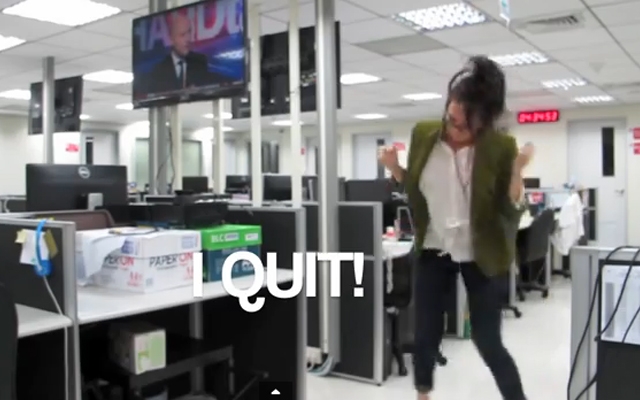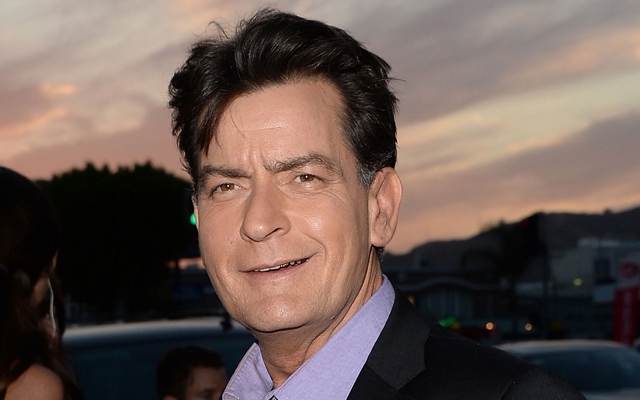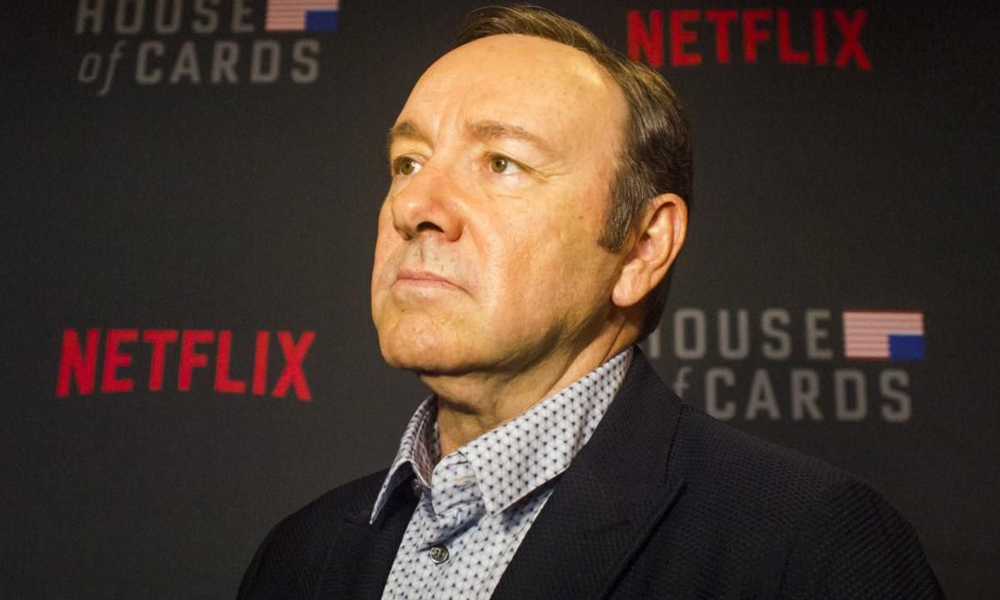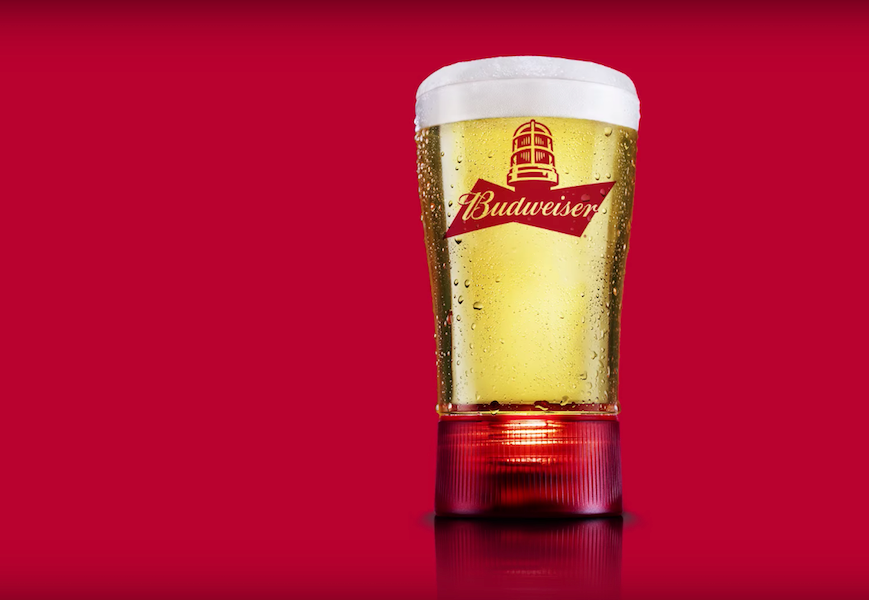Jonathan Demme’s psychological horror film The Silence of the Lambs was released on Valentine’s Day in 1991. Written by Ted Tally, the shocking thriller was adapted from Thomas Harris’ 1988 novel and starred Jodie Foster as Clarice Starling, a young FBI trainee who is hunting a serial killer and seeks the advice of the imprisoned Dr. Hannibal Lecter, played by Anthony Hopkins.
On the occasion of the film’s 30th anniversary (yes 30th!), here are a few things you might not have known about Demme’s classic film, The Silence of the Lambs.

It is the third film in history to win the “big five” Oscars
More than a year after it was released, The Silence Of The Lambs swept all five top Oscar categories in 1992. Heading into the 64th Academy Awards on March 30, 1992 the film had seven nominations, trailing behind Bugsy with 10 and JFK with eight. By the time the final category was announced, however, Silence of the Lambs achieved the rare feat of winning all of the “big five” Academy Awards: Best Picture, Best Director, Best Writing (Adapted Screenplay), Best Actor, and Best Actress. It was the third film in history to win the “big five” (the other two were It Happened One Night in 1935, and One Flew Over the Cuckoo’s Nest in 1976) and no other film has done it since.
It is also the only Best Picture winner widely considered a horror film
And, one of only six horror films to have been nominated in the category in history.
It was a massive success
The Silence Of The Lambs grossed a successful $272 million at the worldwide box office, making it one of the most profitable horror movies of all time.
Gene Hackman was originally set to direct and star in the film
Hackman and Orion Pictures split the $500,000 needed to purchase the movie rights to the book… But, Hackman dropped out days after he watched clips of himself at the 1989 Oscars as FBI Agent Rupert Anderson in Alan Parker’s Mississippi Burning. Hackman decided that he didn’t want to follow up a dark role with an even more unlikable character.
Michelle Pfeiffer was the first choice to play Clarice
Jodie Foster initially wanted to buy the film rights to Thomas’s book herself, but Gene Hackman beat her to it. She then settled for fighting for the role of FBI agent Clarice Starling.
Director Jonathan Demme actually wanted Pfeiffer, but like a lot of other actors, Pfeiffer was “concerned about the darkness of the piece.” Meg Ryan also turned it down for being too gruesome. Laura Dern was Demme’s third choice, but the production company didn’t think she would bring in money at the box office. Rather reluctantly, Demme finally agreed to hire Foster after meeting with her twice. Demme didn’t like Foster’s Boston accent in her movie The Accused, even though it won her an Oscar.
Sean Connery was the first choice to play Hannibal Lecter
However, Connery read the script and found it “revolting.” Daniel Day-Lewis and Derek Jacobi were also considered to the role of the brilliant psychiatrist and cannibalistic serial killer.
Anthony Hopkins found inspiration in unlikely places
Hopkins eventually won the role and found inspiration for his portrayal of the character in an author, an actress, and a computer. They were: Truman Capote, Katharine Hepburn, and HAL from 2001: A Space Odyssey, respectively.
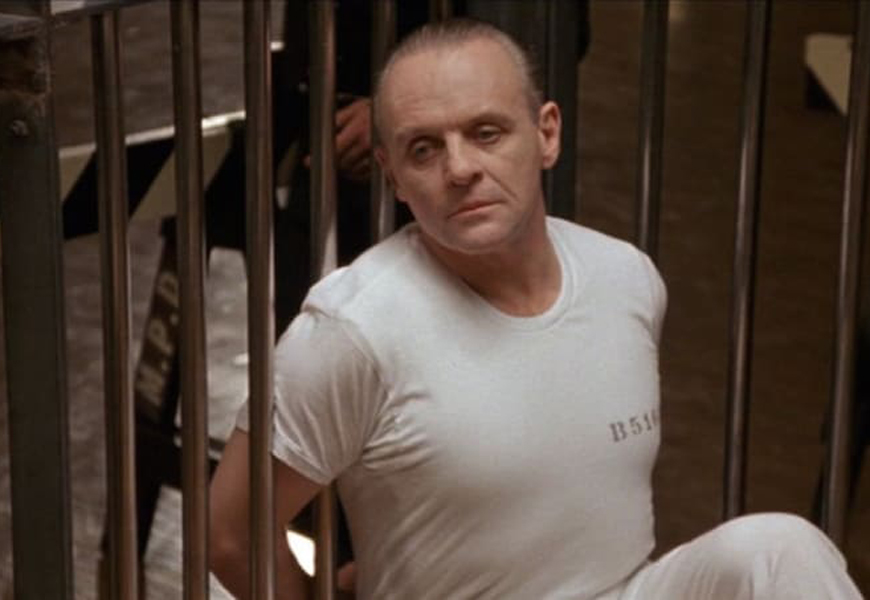
He also used our fear of doctors and dentists to ramp up the scares
It was actually Hopkins’ idea for Hannibal Lecter to wear all white throughout the film. His theory was that people already had a fear of doctors and dentists who traditionally wear white on the job.
Hannibal Lector almost never blinks in the film
It’s true! Hopkins barely blinks in the film, and the actor later explained that he did it to “keep the audience mesmerized.” “It’s not so much not blinking, it’s just being still,” he said. “Stillness has an economy and it has a power about it.”
Shockingly… Hopkins only has about 16 minutes of screen time
It’s even more remarkable that Hannibal Lecter looms so large over this movie considering he’s hardly ever on the screen. At 16 minutes of screen time, Hopkins gave the second-shortest performance to ever win a Best Actor Oscar. (David Niven in Separate Tables had about 15 and a half minutes.)
Hannibal Lecter never said “Hello, Clarice”
The line that most people think was a quote is actually, “Good evening, Clarice.”
Thomas Harris did not base Hannibal Lecter on any one person
Thomas Harris, the author of the original book has said that Hannibal Lecter was not based on one person. He was actually a general composite of all of the evil that he saw while doing research. “There is no one, thank goodness, like him,” said FBI profiler John Douglas, the inspiration for Jack Crawford.
Buffalo Bill was based on three serial killers
They were Ted Bundy, Gary M. Heidnik, and Ed Gein. Thomas Harris reportedly even attended some of Bundy’s murder trial and sent him a copy of Red Dragon.
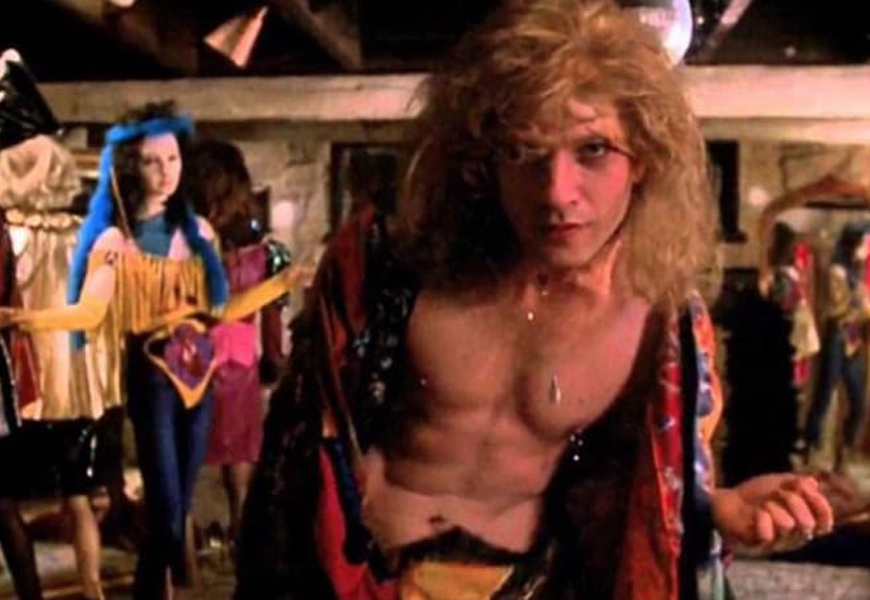
Buffalo Bill’s memorable dance was not in the screenplay
But it was in the original book. Ted Levine, the actor who played the serial killer Jame Gumb, insisted that the scene be included because it helped explain the character better. Ultimately, Levine needed a little liquid courage before shooting the memorable scene and “took a couple shots” of tequila before the cameras started rolling.
Buffalo Bill’s pit
Buffalo Bill’s basement was built on a multi-level set in a former airplane turbine factory in Pittsburg. The pit in which he imprisons Catherine Martin could be entered via a trapdoor in the floor or hidden doors on the side. But actress Brooke Smith later stated that she found the whole experience difficult. “I think I really messed with my own head to do those scenes,” she said. “I remember being aware that the camera was there and thinking, ‘I’m in all this agony and not only is no one helping me, but they’re actually filming me.’ I literally felt it.”
The film drew protests from LGBTQ groups
Homophobia in film was a hot topic at the 1992 Oscars. Best Picture nominee JFK featured several nightmarish depictions of gay men which seemed to visually parallel deviant sexuality with a plot to assassinate President Kennedy. Basic Instinct was about to hit theaters and cause a firestorm of its own with its bisexual killers. And then there was The Silence of the Lambs, with Buffalo Bill’s pathology all wrapped up in homoeroticism and transvestism and transgender visual language.
Demme tried to stress that Buffalo Bill wasn’t really a gay character or a trans character at all, but rather a “tormented man who hated himself and wished he was a woman because that would have made him as far away from himself as he possibly could be.” Ultimately, LGBTQ groups protested the film at the Oscars that year, and while Demme continued to defend the film, he did talk about being alerted to the poor treatment of gay characters in movies as being one of his motivations for making the 1993 legal drama Philadelphia with Tom Hanks and Denzel Washington.
The film was mostly shot around Pittsburgh
Despite taking place all over the United States, The Silence of the Lambs was primarily shot in Pennsylvania – ironically, a state not visited in the story.
The Baltimore State Hospital is actually the Administration Building of the Western Center in Canonsburg, just south of Pittsburgh. The Memphis Town Hall of Lecter’s escape is actually a military museum owned by the University of Pittsburgh. Filming also took place at the Allegheny County Jail, the Greater Pittsburgh National Airport, and an abandoned Westinghouse factory.
The FBI Academy scenes
Part of the movie not shot around Pittsburgh was the FBI Academy scenes in Quantico, Virginia. Active since 1972, the FBI Academy serves as the FBI’s primary research center and training facility.
A few scenes take place at the Academy, primarily the opening sequence in which Clarice runs in the nearby woods and receives her mission from Jack Crawford. The FBI was known for being exceedingly secretive and often didn’t allow filming at the real facility. However, a rare exception was made for The Silence of the Lambs.
The Munich Symphony Orchestra
The score to The Silence of the Lambs was composed by Howard Shore. This was Shore’s first “major” movie, having previously done a lot of work for director David Cronenberg. He would later earn Academy Awards for his fantastic work on The Lord of the Rings trilogy.
Shore recorded the movie’s score with the Munich Symphony Orchestra, having worked on the music throughout the summer of 1990. Filming had concluded the previous March.
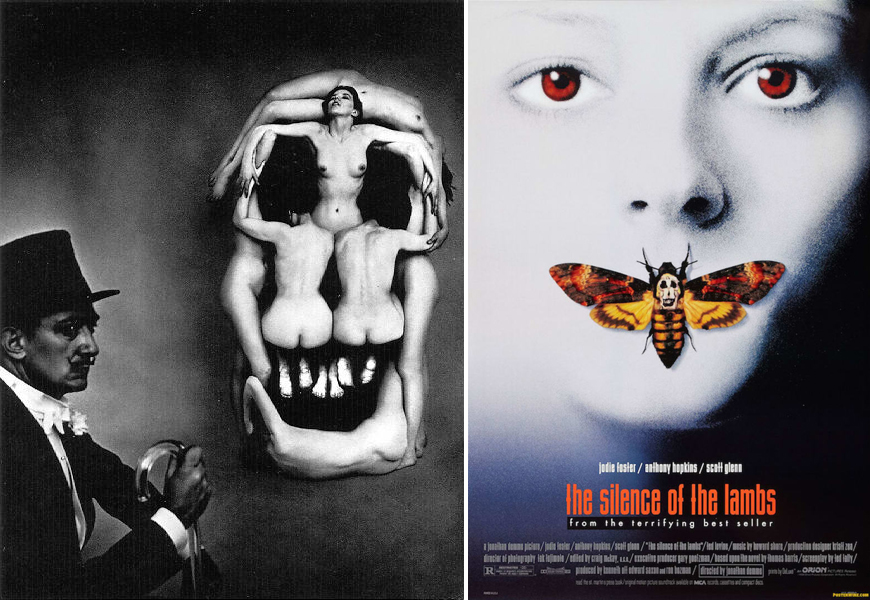
The skull on the moth on the movie poster was inspired by a Salvador Dalí photo
The inspiration for the movie poster came from a photo of Salvador Dalí posing next to a skull made up of seven naked women, taken from In Voluptas Mors. It was inspired by a Dalí sketch and taken by photographer Philippe Halsman.

